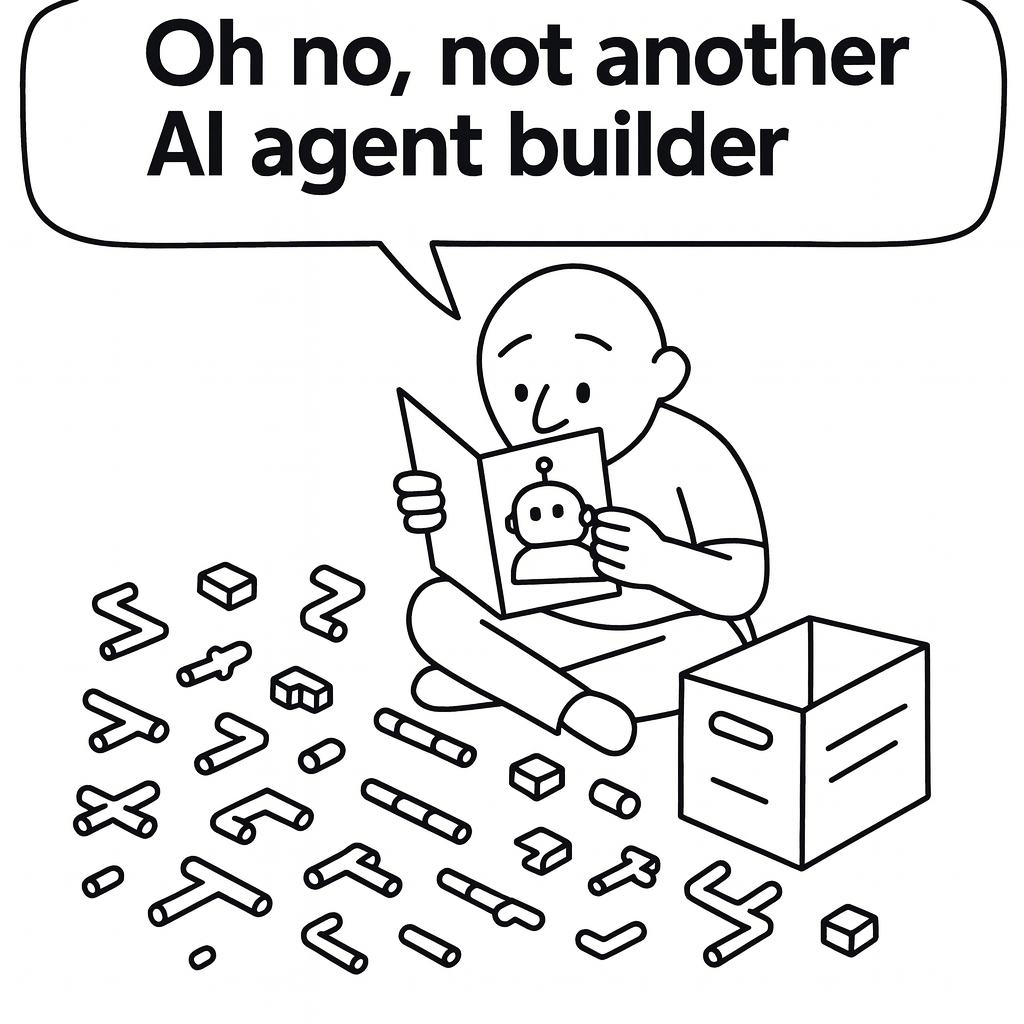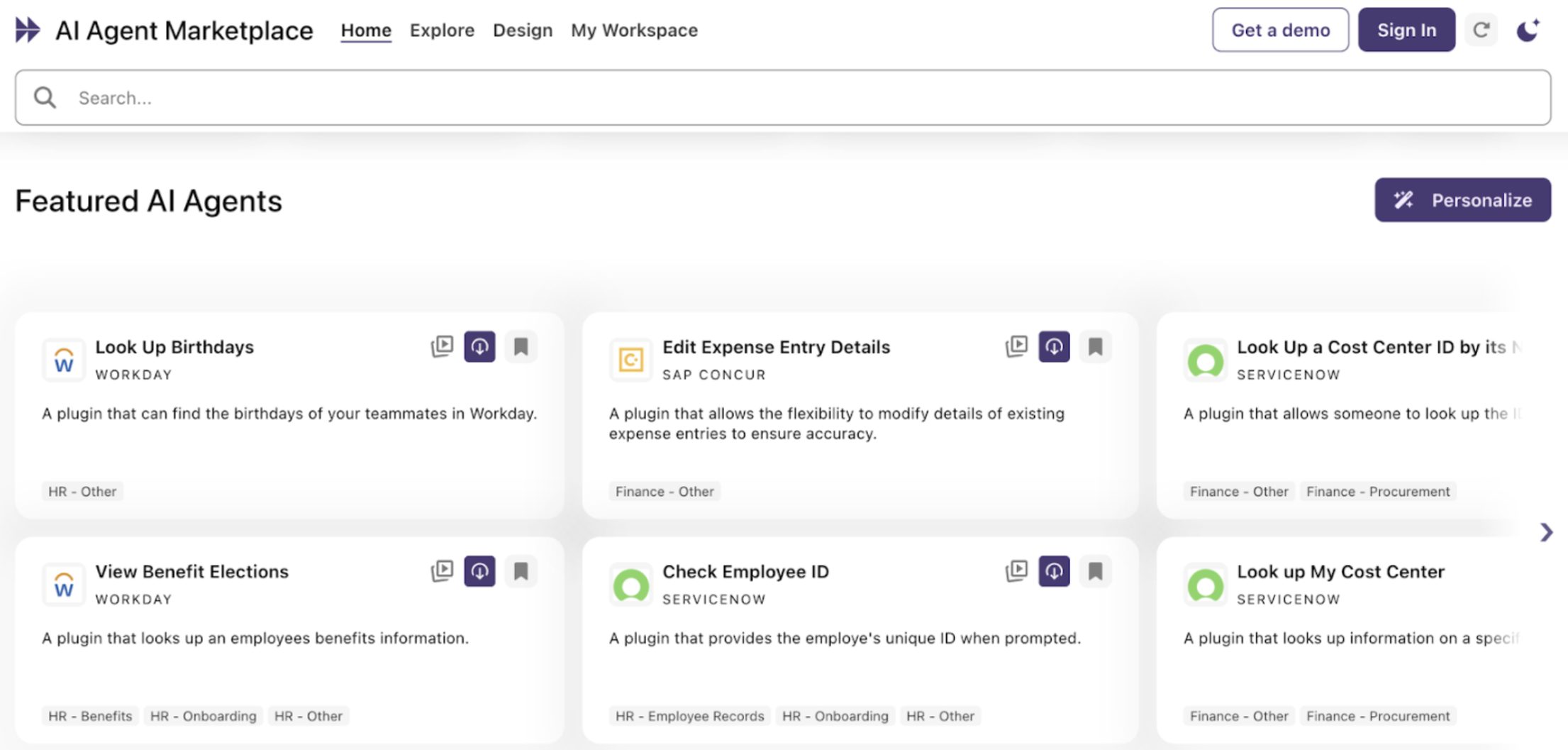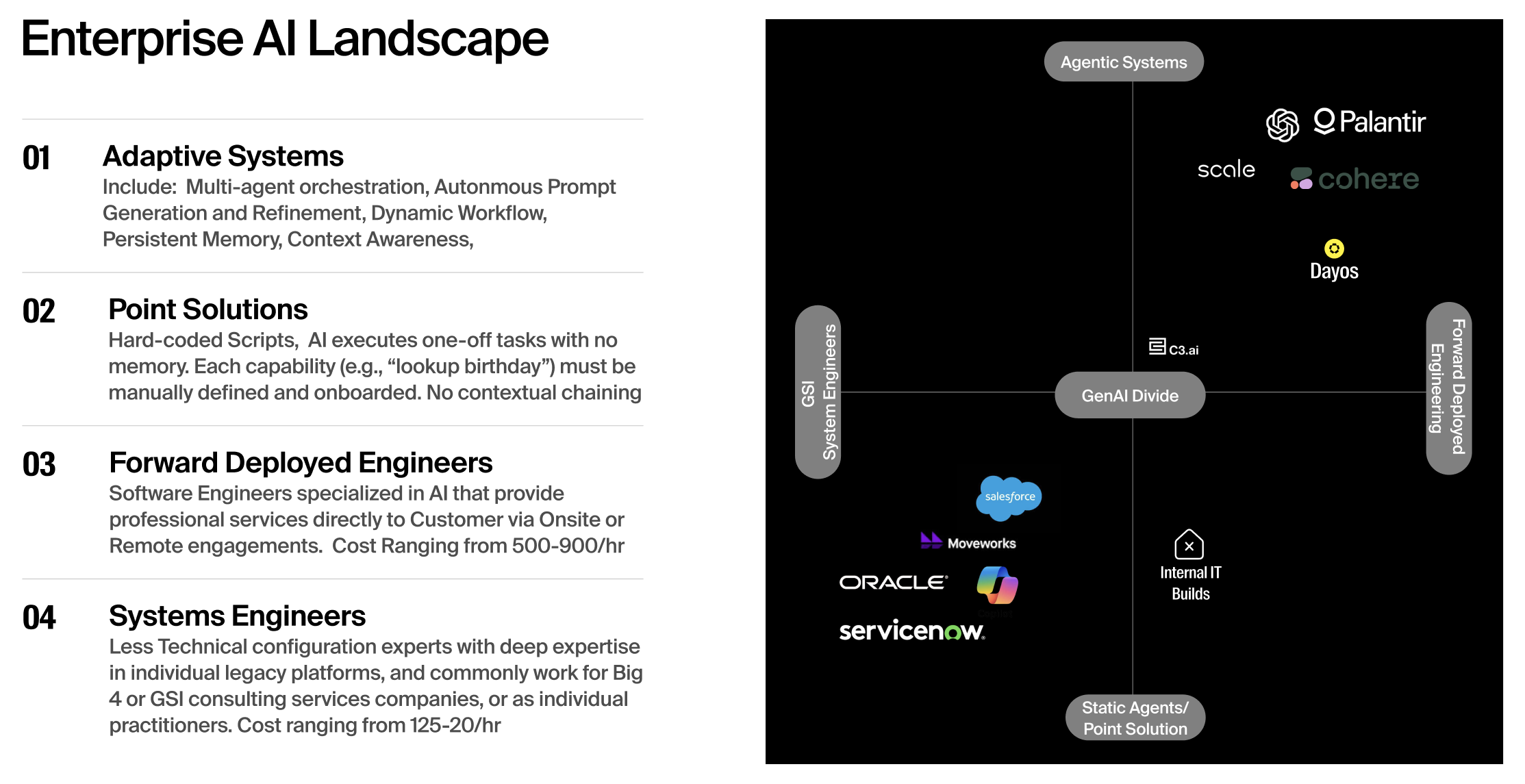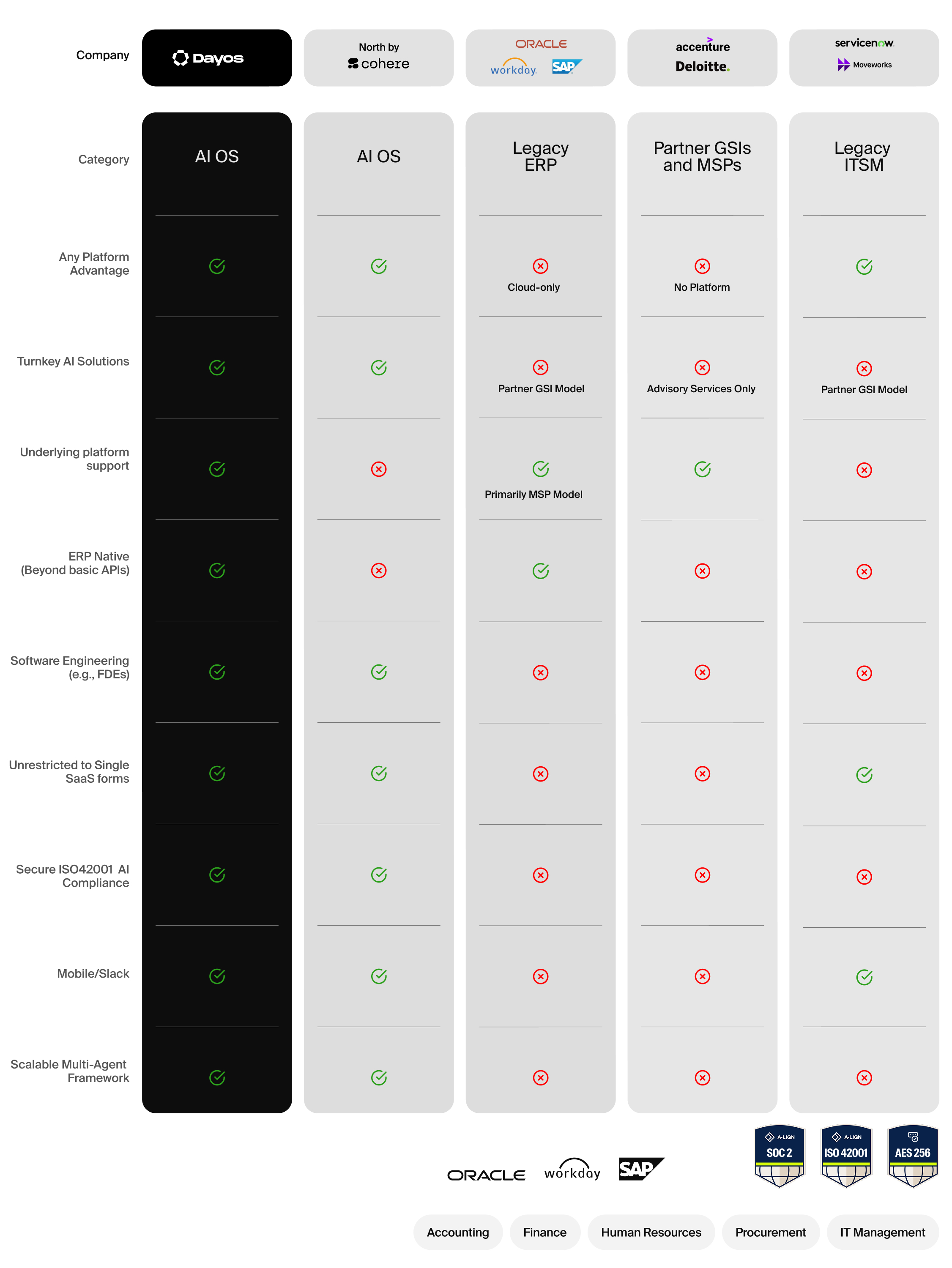Bridging the Divide: Delivering Outcomes, Not Experiments
Taken together, these four models reveal how enterprise AI has evolved—but also why most organizations stop short of real transformation.
Systems Engineers are stable but static.
Point Solutions are fast but shallow.
FDEs are powerful but costly.
Adaptive Systems are promising but hard to implement in legacy environments.
The gap between ambition and execution remains wide—and that’s exactly the gap Dayos bridges.
How Dayos Crosses the Divide
Dayos’ forward-deployed engineers pair the rigor of a GSI delivery framework with the adaptability of a software company, ensuring every pilot produces measurable ROI and scales safely into production.
We deliver outcome-based results through 90-day pilots, each drawn from a library of proven use cases — finance close acceleration, HR data-quality correction, compensation planning, and vendor-risk automation.
Every pilot starts fast, scales safely, and delivers measurable ROI within a single quarter.
Customers don’t start from scratch; they start from a common problem— customized to their ERP or HCM data layer and monitored for continuous optimization.
The MIT study found that organizations using personal AI tools (the "shadow AI economy") achieve 90% adoption rates while official enterprise initiatives stall at 40%. That's exactly what Dayos operationalizes: bringing consumer-grade flexibility with enterprise-grade governance.
Second, we pick the right use cases, we believe backoffice automation delivers the highest ROI while simultaneously right-shoring operations that were outsourced over the past decade. The MIT study found that partnerships leveraging adaptive AI in back-office functions—like finance, procurement, and HR—delivered the highest ROI, with externally partnered solutions succeeding twice as often as internal builds. These gains came primarily from reduced BPO spend and accelerated operational cycles, not workforce cuts.
Many companies are also chasing the wrong use cases — automating marketing copy or chatbot scripts — instead of focusing on the high-value back-office functions that actually define how a business runs.
That’s why Dayos focuses squarely on the highest-value, hardest-to-replace work — the back-office processes where small improvements compound into massive savings, and where AI doesn’t just assist people, it augments entire systems.
The next wave of enterprise transformation won’t be led by vendors selling tools or consultants selling hours—it will be led by those engineering outcomes. Dayos exists to make that shift real. We’ve built a framework that connects AI innovation to operational ROI, where every deployment compounds value rather than resets it. Our 90-day pilots prove that enterprise AI can deliver measurable ROI fast, safely, and repeatedly.
Source Attribution: Data and insights in this article draw from MIT's "The GenAI Divide: State of AI in Business 2025" research study, which analyzed 300+ AI implementations across 52 organizations, conducted by Aditya Challapally, Chris Pease, Ramesh Raskar, and Pradyumna Chari through Project NANDA at MIT.
:quality(85)&w=1536&q=85)

 (Real example from a leading “AI” point solution.)
(Real example from a leading “AI” point solution.)
